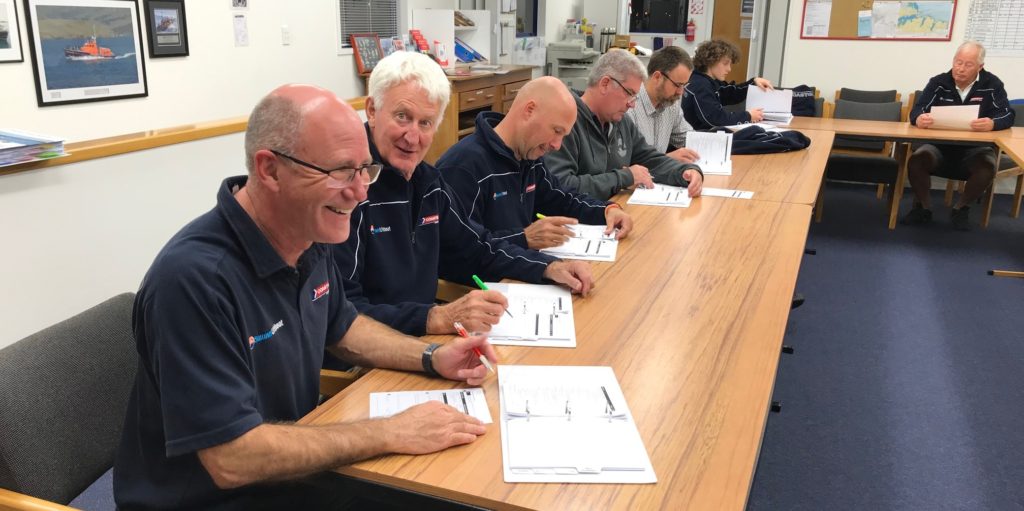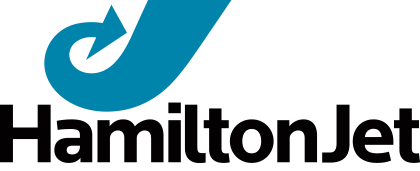Training – The Key to Safety & Success
Keep a lookout for us: we train every Tuesday 7:00-9:00pm, and every second Sunday 9:00am-12:00pm.
We take a 3 week training break mid-winter and over Christmas / New Year but we remain on call throughout the year.
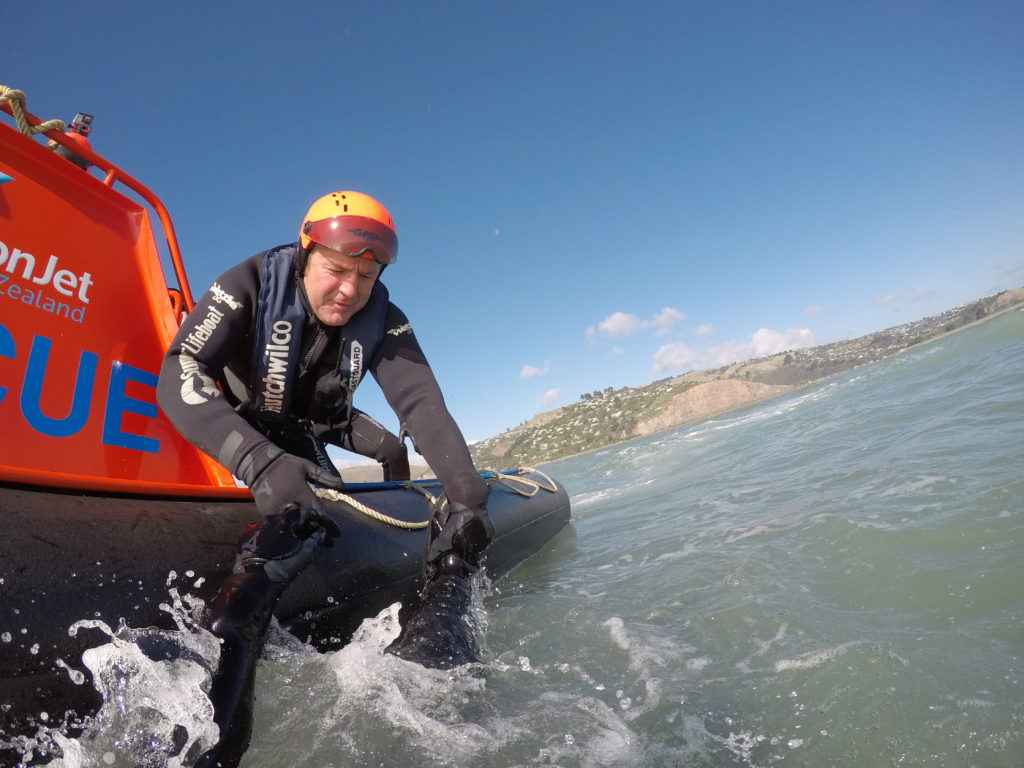
We need continual training to keep our skills up-to-date so we are fully prepared when a callout happens.
A callout might involve assisting a vessel in distress miles offshore, rescuing a surfer in trouble off Sumner Beach, or searching for an overdue sea kayaker in the bays of the Banks Peninsula.

To deal with such variety requires a lot of training, including completing a set of theory and practical modules provided by Coastguard New Zealand. Each module must be assessed and signed off by an instructor.
Core training to get to operational crew covers everything from personal safety and survival in the water, health and safety, team-working, radio communications, familiarisation with the local coastline, search and rescue techniques, victim recovery, to lifeboat handling and seamanship.

At the core of it all is safety – both personal and of the fellow crew. If the lifeboat crew get injured or the boat gets damaged, the mission may be compromised, so safety is paramount.
Becoming a crew member of Sumner Lifeboat needs commitment – it often takes at least 18 months to become qualified as operational crew.
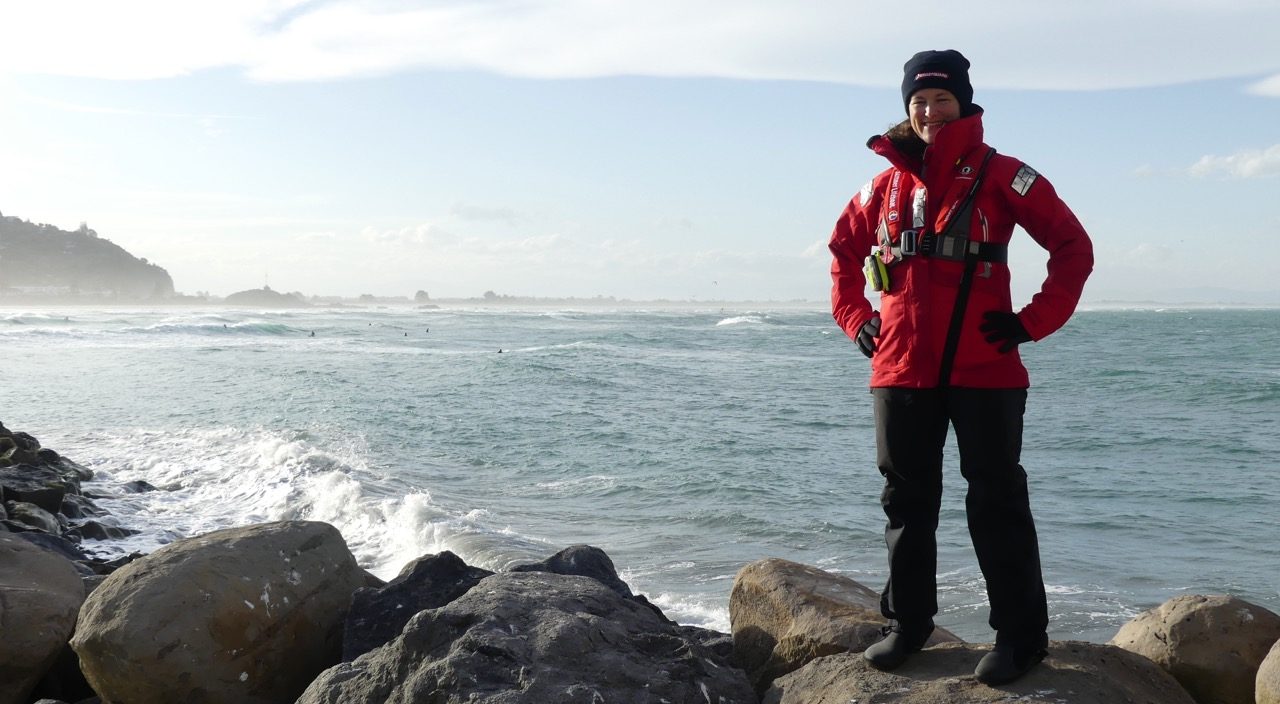
Although it takes a while to become fully operational, trainees are quickly able to assist call-outs in an onshore capacity.
Vessel launching, communications and coordination are all onshore call-out activities they assist with that make a difference. Meanwhile, trainees continually develop their practical skills onboard all three of our rescue vessels.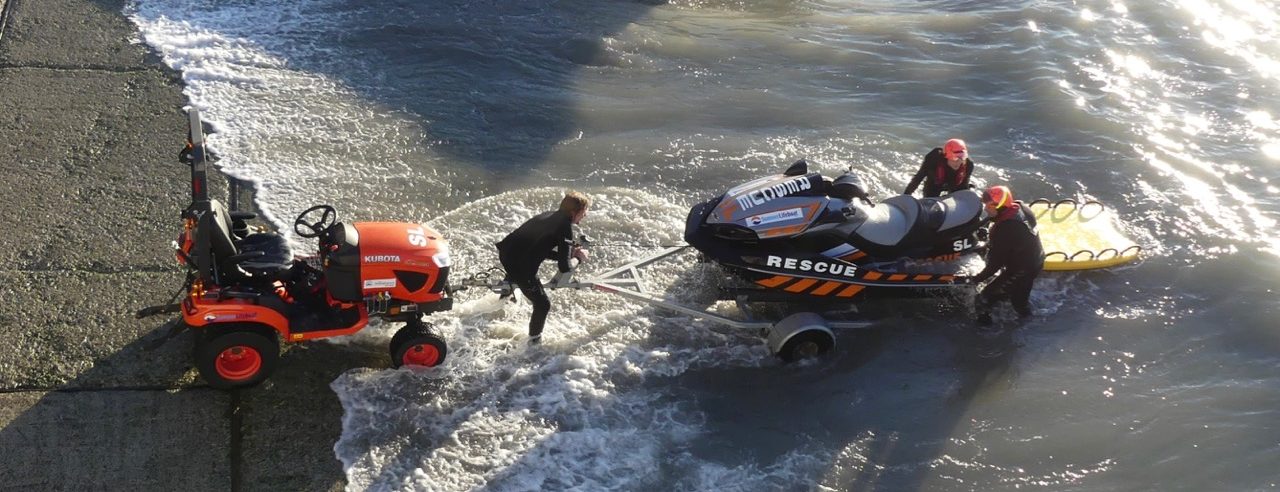
But training doesn’t stop with attaining operational status – all crew, from newly qualified to senior skippers must regularly do exercises and re-assessments to ensure they remain prepared for anything.
If you’d like to join our crew, see the Volunteer page for how to apply.
